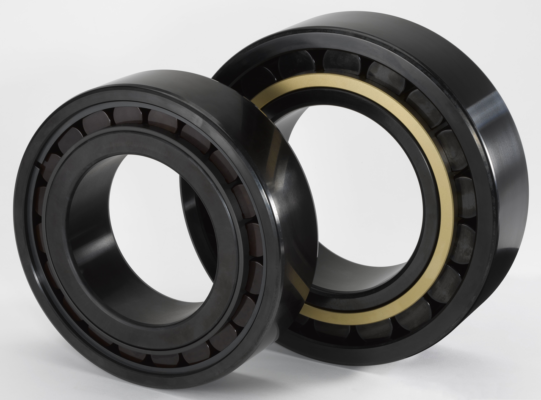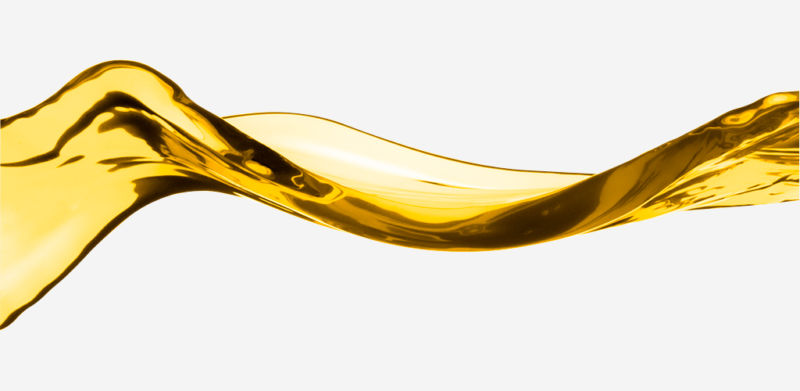Components in turbines face extreme conditions and have a relatively short lifecycle when compared with machinery in other industries. Replacing and repairing such components presents difficulties in itself, with turbines being such large structures and often situated in remote locations. Operators cannot continuously spend large amounts of their budget on maintenance if they wish to remain profitable.
A fine balancing act between reducing costs and maintaining functionality
The industry is aware of the challenge and understands that progress needs to be made in reducing costs and extending the lifecycle of components. Targeted currently by the wind power industry is a 20% reduction of levelized energy cost (LEC), also known as levelized cost of energy (LCOE), over the next four to five years. This is a challenge as operators wish to spend less on replacement components and the associated maintenance, but cannot afford reduced functionality or a shorter lifespan. So how can they overcome this obstacle?
The wind power industry is aiming to reduce the levelized cost of energy by 20% over the next four to five years.
Improved testing results in improved reliability
Components in turbines already go through thorough testing before they are put into operation. However, these parts are often tested individually and not in combination with the components they will interact with when in use. This can potentially lead to unexpected and premature failure. More detailed testing and development is emerging as a trend within the modern industry. The SKF test center in Schweinfurt, Germany, offers realistic testing capabilities, whereby conditions can be better simulated and the testing process sped up. Components can also be tested with other components they will work with when in operation. As a result, operators can buy a product knowing how reliable it will be due to the detailed level of testing.
Keeping components running smoothly
Incorrect lubrication, or the deterioration of lubricants, is another factor that may lead to component degeneration. Additionally, manually re-lubricating a machine is no easy task, as an engineer must climb the turbine to perform it. That’s why automatic lubrication is becoming more popular. Not only does implementing an automatic system reduce the amount of man hours and costs required, lubricants are also applied more evenly. This results in less wastage of oil or the application of too much lubrication, which can damage components. Condition monitoring also supports operators in understanding the conditions a lubricant is facing and what effect this may have on the grease. If environmental factors, such as temperature or moisture, are at a level that will lead to deterioration, operators are notified and can take appropriate action.
The power is in the hands of operators
Connected to this are other conditions that can be detected by condition monitoring. The power output of a turbine may be putting key components under too much strain. Naturally, this will lead to premature failure. By being able to monitor these conditions and the effects they are having on components, operators can potentially extend the operational life of main shaft and gearbox bearings by a number of years.
Adjusting the power output of a turbine may extend the operational life of main shaft and gearbox bearings by up to five years.
The correct approach for a bright future
Ultimately, while the wind power industry is facing challenges in boosting performance and reducing costs, there are emerging trends and solutions available to combat this. Operators have the opportunity to improve many areas of wind turbine operation and maintenance (O&M) to become more cost-effective. If a correct approach is taken and the latest technologies are implemented, wind farm operators can minimize O&M costs and increase the lifespan of their turbines.



